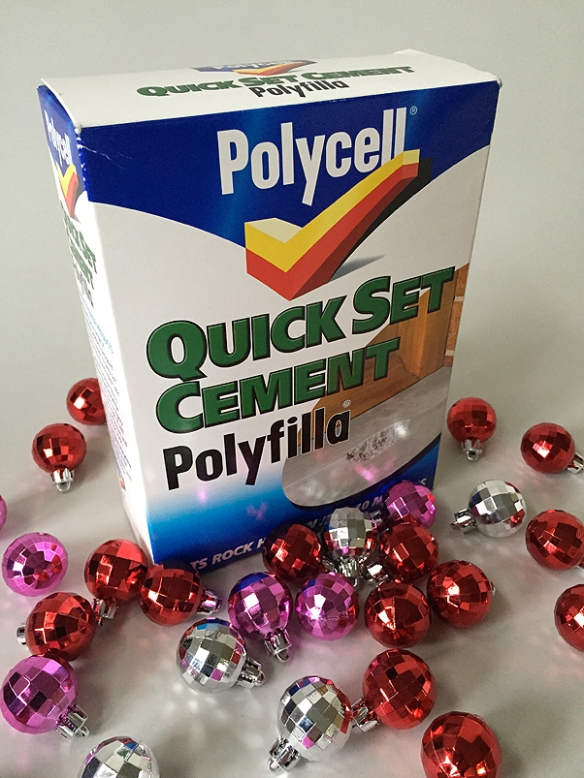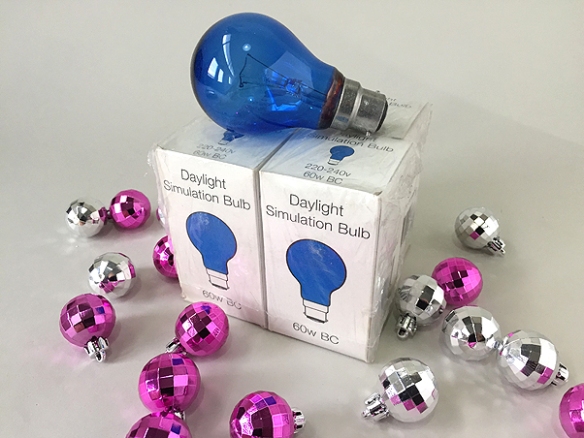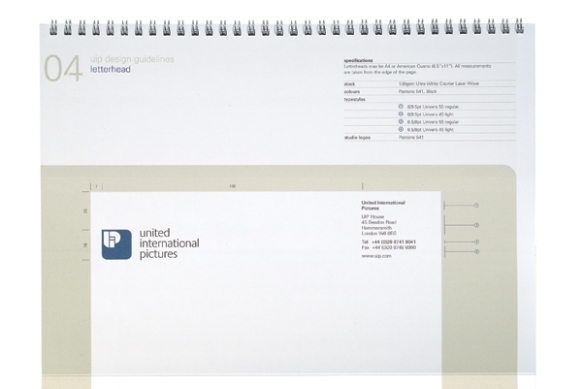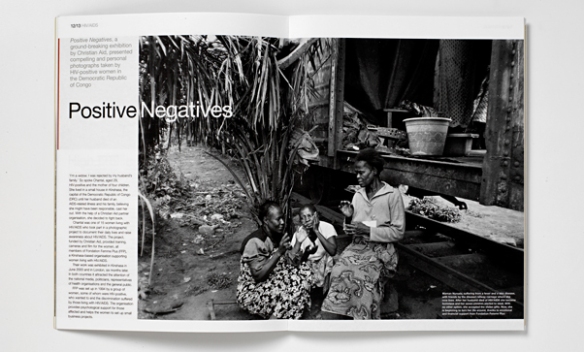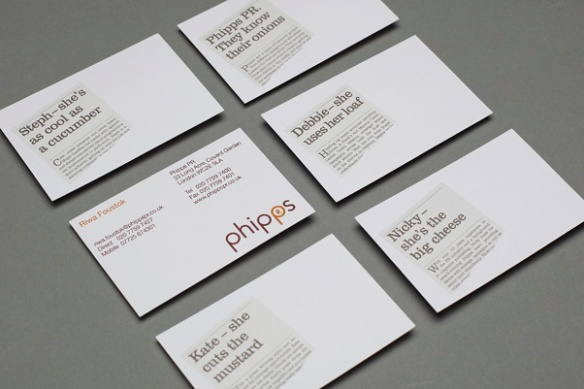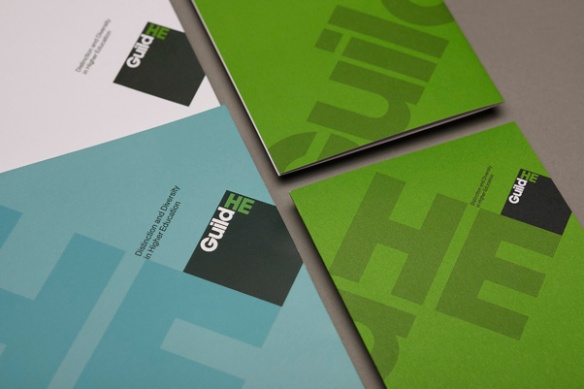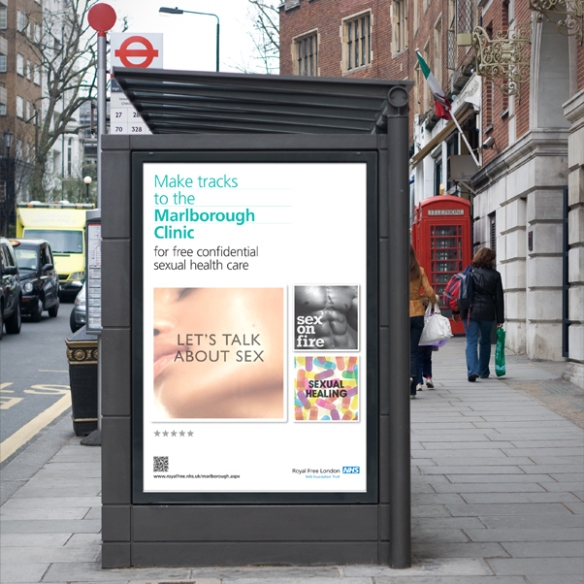I recently listened to a podcast of my childhood hero, Pete Townshend, delivering his John Peel lecture on how creativity (in music) has been devalued by the growth in free music downloads. Pete’s beef was that, while lawyers, plumbers, pilots, cleaners and accountants get paid as the clock ticks, ‘creativity has less value than an hour’s work by me as a musician’. The comparison with design isn’t perfect (artwork vs ideas?), as musicians are self motivated artists rather than commissioned ‘professionals’, but the comparison does hold true when it comes to the difficulty we have in putting a value on creativity.
As designers we’re commissioned by small companies, global corporations, charities and individuals, so the value of a great idea to each of these types of client can vary hugely.
We’re currently working on a small project for a sole trader IT specialist. His brand identity will help him communicate his personality and professionalism and will be of huge value to his embryonic business. Ideas may come easy, it may be a tortuous process or inspiration may strike in the middle of the night (it sometimes does). However, having worked on countless identity projects the one thing I can absolutely guarantee is that this project, and the way the creative process develops, will be unique.
One man who had no problem in putting a price on his creativity was Paul Rand (designer of The IBM logo, amongst others) who, when asked to present some design options by Steve Jobs for his new computer business Next said “I will solve your problem and you will pay me. You can use what I produce or not, but I will not do options, and either way you will pay me.” (It would cost $100,000). If I had the ego and arrogance to say that to a client I’d be shown the door, and rightly so. I think that today even a legend like Rand would be out on his ear. Branding is a collaborative process and no designer would expect his client to have zero input into the visual identity of his own brand.
Maybe branding should be an even more collaborative process. If we find it difficult to put a value on creativity maybe more of us could share some of the risk by taking a reduced up-front fee, but charging a ‘royalty’ that’s linked to the clients’ (hopefully) growing profits. This seems to make sense as the value of a brand identity only becomes apparent over time. The problem there is that it takes a lot more than a brilliant piece of graphic design to ensure a company’s success. Management, advertising, PR, quality of product/service, quality of staff, to name just a few, all contribute to the success of a ‘brand’, so we’re still left with the same ‘how much is it worth’ conundrum.
Would it be easier for us, and for our clients, if we simply charged an hourly rate for a transparent process that ran from research and strategic planning, through to implementation and evaluation? The bigger the project, the longer the hours, the bigger the fee. But while the strategic and implementation phases of a branding project can be planned, managed, controlled, estimated and scheduled, that spark of creativity and invention around which any successful design project hinges can still be so slippery and elusive.
So how do we measure the effectiveness of a brand identity so that a client may better value it? Maybe the modern way would be to get the public to vote on it. Do an X factor. Throw your logo to the dogs. In fact, I can remember a new British Airways identity being killed off by the people (and Maggie Thatcher’s handkerchief), and that was pre-internet! And we all know the fate of the new Gap logo when the Twittersphere got its talons on it.
Should it be as simple as measuring sales and awareness before and after a redesign? A rebrand is often only the visual manifestation of more fundamental changes within an organisation, so it would be equally wrong for a new identity to take the credit or the blame for an organisation’s success or failure. What if we’re branding a new organisation or product? What do we measure against?
So where does that leave us? Don’t ask me. But I think at Howdy we’ll carry on as we are at the moment: discussing a client’s needs, expectations and budget limitations and submitting an honest and fair estimate of how much we think he should pay for our work. We won’t be taking Paul Rand’s stance any time soon: “I know best, I’m a designer, and I’ve been doing this for over 30 years. Oh, and it’ll cost you £100,000.”






